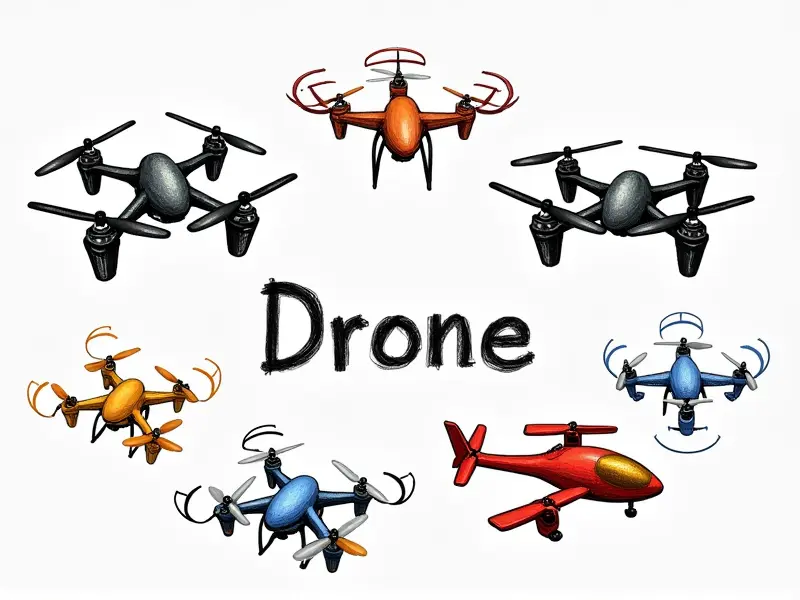How to fly a drone over a lake

Master Drone Flying Over Lakes Safely
Flying a drone over a lake can be an exhilarating experience, offering breathtaking aerial views and unique photography opportunities. However, it requires careful planning and adherence to safety guidelines to ensure both the drone's integrity and your personal safety.
Tips for Lake Drone Photography
- Composition: Use natural elements like trees or rocks as framing devices to enhance your photos.
- Lights and Shadows: Capture the interplay of light on water surfaces during sunrise or sunset for dramatic effects.
- Motion Blur: Experiment with slow shutter speeds to create a sense of movement in the water.
Safe Drones Flights Over Water
Flying drones over water presents unique challenges. Ensure your drone is waterproof or has adequate protection against moisture and splashes. Always fly within line-of-sight, especially near bodies of water where GPS signals can be less reliable.
Best Angles for Lake Drone Shots
- Aerial Overviews: Capture the entire lake from above to showcase its expanse and beauty.
- Lake Edge Views: Fly along the shoreline to highlight the interaction between land and water.
- Skyline Shots: Focus on the horizon where the sky meets the water for serene, reflective images.
Essential Gear for Flying Over Lakes
- Dry Bag: Protect your drone and accessories from moisture.
- Spare Batteries: Bring extra batteries to extend flight time.
- First Aid Kit: Include basic supplies for minor injuries.
Drone Laws and Safety at Lakes
Before flying, check local regulations regarding drone usage near water bodies. Some areas may have restrictions or no-fly zones to protect wildlife or privacy concerns.
Navigate Drones Safely Over Lakes
- Avoid Obstacles: Be aware of potential hazards like boats, swimmers, and other drones.
- Use GPS Locks: Enable GPS locks to maintain stable flight paths over water.
- Monitor Battery Levels: Keep an eye on battery levels to avoid unexpected landings in the lake.
FPV Lake Drives: A Beginner's Guide
Flying drones with First Person View (FPV) can be thrilling but requires practice and caution. Start by flying over calm waters, gradually increasing complexity as you gain experience.
Legalities of Flying Drones Near Water
Understand the legal framework governing drone operations near water bodies. Familiarize yourself with federal regulations such as those set forth by the FAA in the United States and local ordinances that may apply to specific lakes or reservoirs.
Avoiding Hazards When Flying Near Water
- Weather Conditions: Avoid flying during high winds, rain, or other adverse weather conditions.
- Wildlife Protection: Respect wildlife sanctuaries and nesting areas to avoid disturbing animals.
- No-Fly Zones: Stay clear of restricted airspace around airports and military installations.
Weather Considerations for Lake Drives
- Sunny Days: Ideal for capturing vibrant colors and reflections on the water's surface.
- Rainy Conditions: Can create unique atmospheric effects but may reduce visibility.
- Overcast Skies: Soften harsh shadows, providing a more serene look to your images.
Conclusion
Flying drones over lakes offers unparalleled opportunities for stunning aerial photography and videography. By adhering to safety guidelines, understanding legal requirements, and preparing adequately with the right gear, you can enjoy this exciting hobby responsibly. Whether capturing serene landscapes or engaging in FPV adventures, always prioritize safety and respect local regulations.

